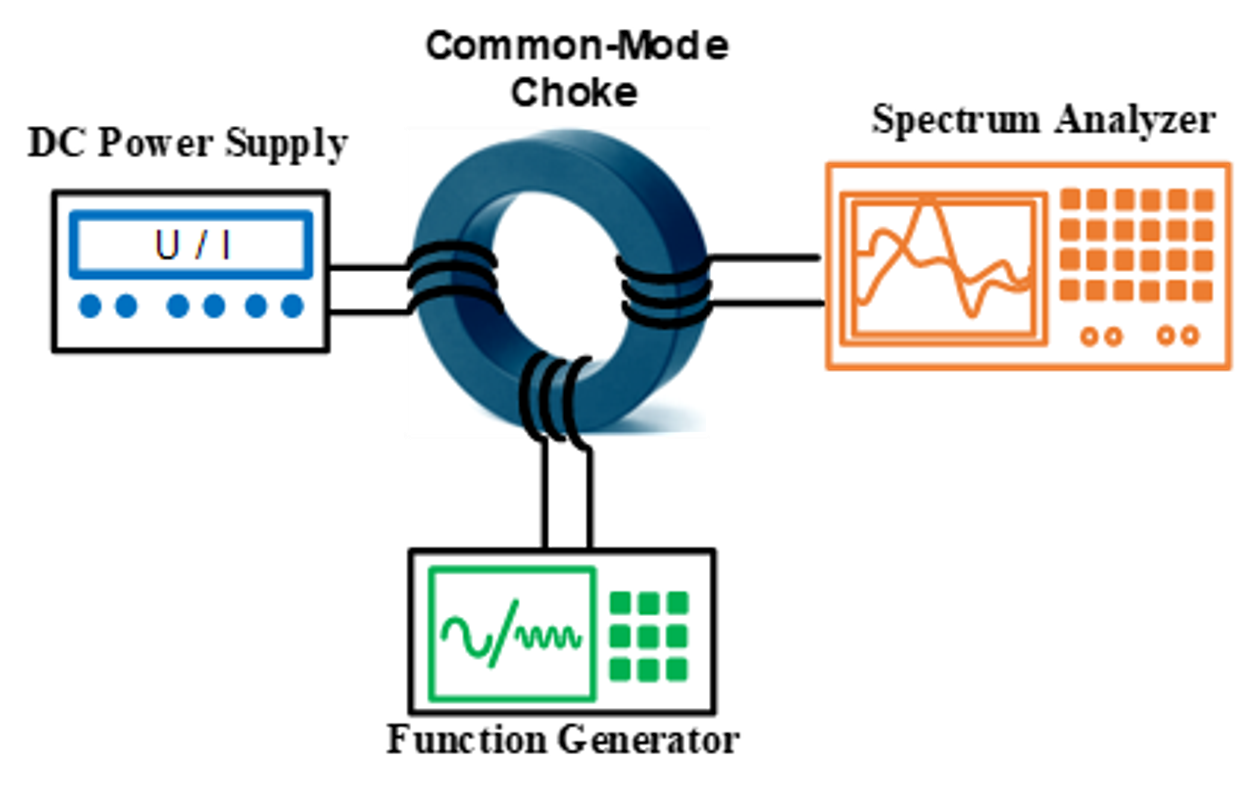Collaboration at Its Best: Detecting Choke Saturation in Railways
The Power of Collaboration in Research
Collaboration is vital in advancing electrical engineering, as it pushes the exchange of diverse ideas and expertise, ultimately enhancing the quality and impact of research. During my journey as a part of the ETUT project, I had the opportunity to collaborate with few Early Stage Researchers (ESRs), enriching both my knowledge and our collective research. One such collaboration was with Rodica Botnarevscaia (ESR6), which led to significant progress in understanding choke saturation in railway systems—an area critical to ensuring both safety and efficiency in transportation. With Rodica, we published a research work in the field of common-mode chokes (CMCs) saturation detection.
This blog highlights our research journey, the breakthroughs we achieved, and the ongoing efforts for continuous collaboration.
The Importance of Research on Choke Saturation in EMI Filters
Electromagnetic interference (EMI) presents substantial risks to modern electronics, particularly in railway systems where safety and operational continuity are critical. As transportation systems progress, the challenge of dealing with EMI becomes even more pressing. CMCs are crucial components of EMI filters, but their saturation can drastically reduce their effectiveness, increasing the risk of system failures and reducing operational efficiency.
Our first collaboration targeted this key issue: detecting CMC saturation during operation.
Our Published Work: In-Situ Detection of Common-Mode Choke Saturation
Rodica and I, along with our supervisors, developed a method to detect CMC saturation in situ, which allowing for real-time detection under operational conditions without system disassembly. The research, published under the title ‘’Development of an In-Situ Detection Mechanism for Common-Mode Choke Saturation’’, introduces a proof-of-concept of a novel three-winding configuration. Here's a simplified explanation of the method:
The Three-Winding Concept: One winding induces core saturation using DC current, while another introduces high-frequency signals. The third winding detects saturation through changes in the high-frequency signal.
Validation and Results: Experimental validation showed that this method accurately identifies saturation across a range of frequencies.
Rodica’s deep knowledge of electromagnetic theory and her prior experience in railway systems were invaluable to the experimental setup and validation. Our findings will be soon published at the EMC Europe 2024 conference proceedings, so stay tuned!
Ongoing Collaboration: Extending the Scope
Building on the success of our initial publication, Rodica and I are now extending the detection mechanism to more complex scenarios. While the first work focused on DC excitation, our ongoing research aims to explore CMC behavior under AC excitation, which more closely mimics real-world situations.
We are currently drafting a paper detailing these findings and plan to submit it to a peer-reviewed journal. As we refine the technique, I am excited about the discoveries that await and the potential impact on the industry.
Conclusion
The collaborative efforts within the ETUT project have demonstrated the power of teamwork in overcoming complex engineering challenges in research. By combining our expertise, Rodica and I have made great progress in addressing the issue of choke saturation in railway systems. As our research continues, I look forward to learning more from her insights and discovering ways we can further contribute to the advancement of EMI understanding.



